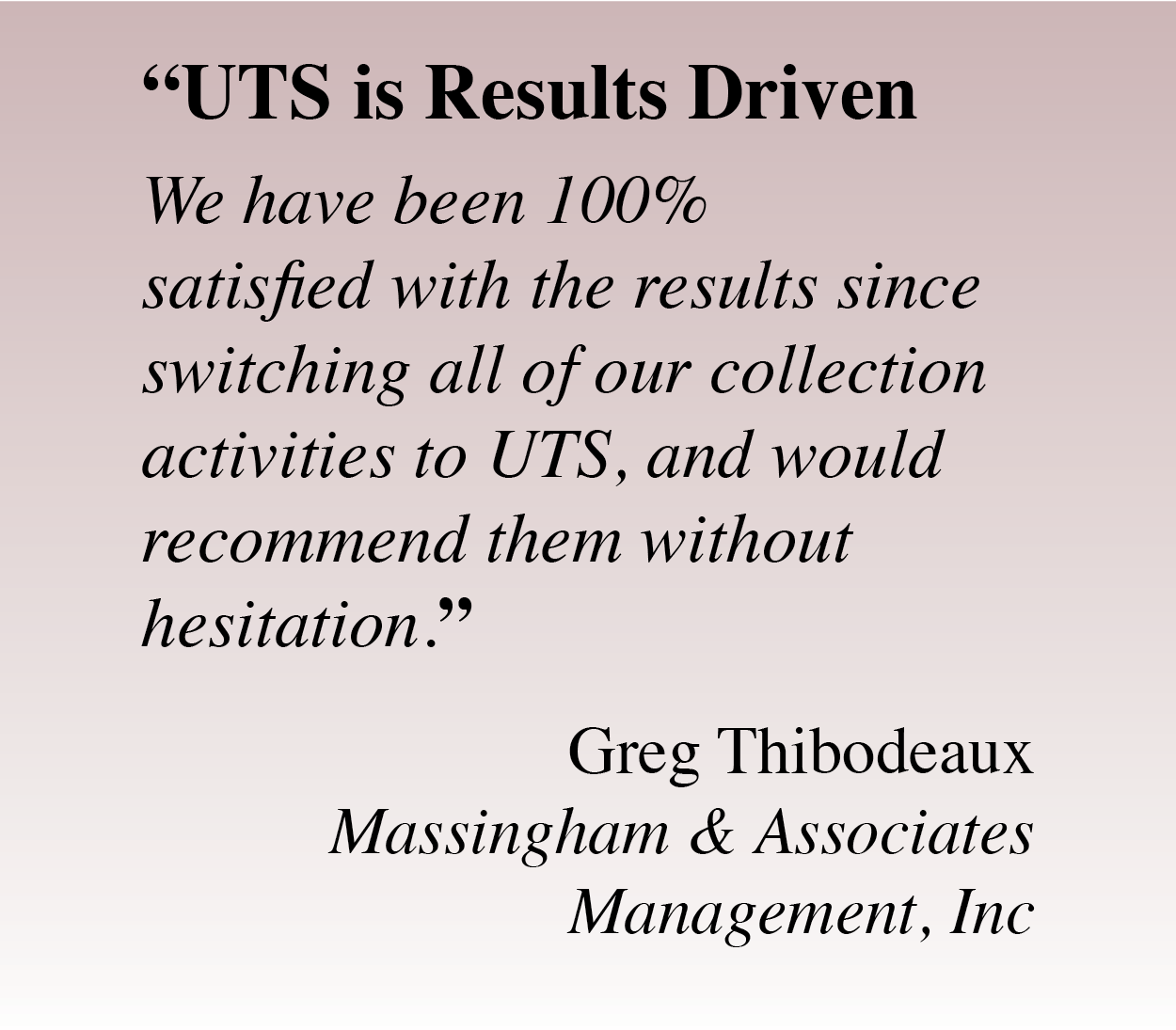Account: The formal record keeping document of the debits, credits, and collection actions relating to a specific property and its owner.
Articles of Incorporation: A charter document filed with the state that creates corporate status for a common interest development (CID).
Assessments: Specific fees/dues created to care for Homeowner Association (Association) common area and other specified costs, enforce the Association’s restrictions and ensure that the Association promotes a spirit of community.
Association: A nonprofit corporation or homeowner group that is unincorporated, created for the purpose of managing a common interest development.
Bankruptcy: A legally declared inability or impairment of ability of an individual or organization to pay its creditors. Creditors may file a bankruptcy petition against a debtor (involuntary bankruptcy) in an effort to recoup a portion of what they are owed or initiate a restructuring. In the majority of cases, however, bankruptcy is initiated by the debtor (a voluntary bankruptcy that is filed by the insolvent individual or organization).
Board of Directors: The elected, deliberative body responsible for managing, planning, setting policy, and operation of a homeowner association/common interest development.
Bylaws: An organizational document that sets up the structure and guides the board of directors in operating the corporation.
Covenants, Conditions and Restrictions (CC&Rs): The governing documents that dictate how a common interest development (or homeowners association) operates and what rules the owners, their tenants, and guests must follow. A document that describes restrictions on the way land may be used (sometimes called the declaration).
Common Interest Development (CID): A community apartment project, condominium project, a planned development, or stock co-operative.
Common Area: The entire CID, except for separate interests.
Community Apartment Project: A CID in which an undivided interest in land is coupled with the right of exclusive occupancy of any apartment located thereon.
Condominium: An undivided interest in a common area with the other owners coupled with a separate interest in a space called a unit.
Declarant: The person or group that records (and signs) the original declaration of CC&Rs establishing a common interest development, often the developer of the CID.
Declaration: (see CC&Rs)
Delinquent Assessment Collection Policy (DACP): A Homeowner Association (HOA or Association) or Owner Association (OA) document that specifies the guidelines on collecting assessment dues from property owners.
Director: A member of the board of directors. In most cases a director is an uncompensated homeowner volunteer who is elected by vote of the association membership or appointed by the Board to fill a position that was vacated by resignation or inability to continue serving by a board member.
Exclusive Use Common Area: A portion of the common area that is designated for the exclusive use of one or more, but fewer than all of the owners of separate interests. May be designated in the CC&Rs. Certain exclusive use common areas are identified by law.
Fiduciary Duty: Literally, a duty of trust depending on public confidence. Practically, it is the duty (of a director) to consider the best interests of the entire association when making corporate decisions. The duty includes an obligation to put self interest aside if it conflicts with the best interests of the association.
Foreclosure: The legal and professional proceeding in which a mortgagee, or other lien holder, usually a lender, obtains a court ordered termination of a mortgagor’s equitable right of redemption. Usually a lender obtains a security interest from a borrower who mortgages or pledges an asset like a house to secure the loan. If the borrower defaults and the lender tries to repossess the property, courts of equity can grant the borrower the equitable right of redemption if the borrower repays the debt. While this equitable right exists, the lender cannot be sure that it can successfully repossess the property, thus the lender seeks to foreclose the equitable right of redemption. Other lien holders can also foreclose the owner’s right of redemption for other debts, such as for overdue taxes, unpaid contractors’ bills or overdue homeowners’ association dues or assessments. The foreclosure process as applied to residential mortgage loans is a bank or other secured creditor selling or repossessing a parcel of real property (immovable property) after the owner has failed to comply with an agreement between the lender and borrower called a “mortgage” or “deed of trust.” Commonly, the violation of the mortgage is a default in payment of a promissory note, secured by a lien on the property. When the process is complete, the lender can sell the property and keep the proceeds to pay off its mortgage and any legal costs, and it is typically said that “the lender has foreclosed its mortgage or lien.” If the promissory note was made with a recourse clause then if the sale does not bring enough to pay the existing balance of principal and fees the mortgagee can file a claim for a deficiency judgment.
Governing Documents: The declaration of CC&Rs and other documents such as bylaws, articles of incorporation and rules which govern operation of the association.
Homeowner Association (HOA or Association): An Association is the governance function of a common interest development. This governance, created by the real estate developer, is given the authority to enforce the CC&Rs of managing the common amenities of the development.
Lien: The right to take and hold or sell the property of a debtor as security or payment for a debt or duty. In California, a lien is placed on an owner’s property 30 days after a Pre-Lien notification.
Member: A person or persons entitled to membership in the association, usually by virtue of ownership of a separate interest. Usual rules: although owners may be multiple, generally only one member may exercise membership rights at the time.
Non-Judicial Foreclosure: Non-judicial foreclosures for delinquent association assessments are conducted in CALIFORNIA AND Nevada both of which use the recorded lien of record as the security instrument. Non-judicial foreclosure is conducted by a trustee who will define the place of sale, the estimated opening bid, the property address and the date and time of the sale. Auctions are held in a public place, common locations include: local courthouse steps or civic areas. The successful bidder at the auction will receive a Trustee’s Deed Upon Sale to the property within a specific period.
Nonseverability: Usually a “severance” clause in the CC&Rs; of a CID that prevents a member from separating his or her interest in the common area from that of the rest of the membership.
Notice of Intent to File a Lien (Pre-Lien): Forewarned notice that a lien will be placed on a property if an outstanding debt to the HOA or OA is not resolved. A lien may be placed on a property 30 days after a Pre-Lien is sent with Association Board approval.
Notice of Delinquent Assessment (NODA): This is notice that a lien of record has been secured on a property.
Notice of Default (NOD): A written document that is recorded, mailed and served upon an owner stating that a default has occurred and that legal action may be taken. Failure to meet legal obligations, including failure to make payments by a specific date, is cause for notices of default. Notice of Default may occur 30 days after a lien has been established on a property.
Notice of Sale (NOS): A notice provided to a property owner that a non-judicial foreclosure sale has been scheduled and will occur if a debt is not resolved with a specific creditor. Notice of Sale may occur as early as three months after a Notice of Default (NOD) in California and as early as 90 days after a Notice of Default (NOD) in Nevada.
Owners Association (OA): Same as Homeowner Association (HOA or Association). An OA is the governance function of a common interest development. This governance, created by the real estate developer, is given the authority to enforce the CC&Rs of managing the common amenities of the development.
Owner: The record owner of a separate interest. A “member” of the association by virtue of ownership in a separate interest.
Planned Unit Development (PD or PUD): A PUD is generally a CID (Common Interest Development) with common area, usually owned by the association. Separate “lots” are owned by individual members. PUD is not really a legally recognized term. The proper term is PD for planned development.
Pro forma: An item or document provided in advance in a pre-scribed form. The association must provide a “pro forma” budget to the membership each year in advance of the start of the fiscal year. This is an “estimate” of income and expenses for the coming year, usually based on the prior year or year’s income and costs.
Redemption Period: (California only) The right of redemption is the period of time by which a property owner has a legal right to redeem a property sold in a foreclosure sale by paying a specific debt owed. The Redemption Period is 90 days after the foreclosure sale.
Reinstatement: To reestablish a property owner’s good financial standing with the HOA or OA (to pay off debt in full).
Restricted Common Areas: Same as Exclusive Use Common Area. When Restricted Common Areas exist, they are usually designated on the condominium plan.
Rules/Regulations: The association document, which is normally prepared at the direction of the board of directors that serves as a common reference for members of the CID and reflects CC&Rs and official policy. Sometimes owners are allowed to vote on adoption of rules and/or regulations.
Separate Interest: In a community apartment project, the exclusive right to occupy an apartment; in a condominium project, an individual unit (the interior airspace); in a planned unit development, a separately owned lot, parcel, area, or space; in a stock co-operative, the exclusive right to occupy a portion of the real property.
Small Claims: Small Claims is a court in which you may sue someone (the defendant) to collect a small amount of money that you believe is owed to you. Because procedures in Small Claims are simpler than in other courts, persons usually can file and present their cases relatively quickly and inexpensively, and often without an attorney. An HOA can take a homeowner to Small Claims for amounts up to $5,000.
Tenants in Common: Partners in ownership of property.
Townhouse: A style of housing structure that employs common walls.
Unit: The separate interest in a condominium project. This is the residential, exclusive use area often referred to as the “air space” within the building that is owned by the individual member. Sometimes it includes the deck, balcony, a garage, etc. The declaration (CC&Rs) and deeds should be consistent on what describes a “unit,” but they are not always so.

